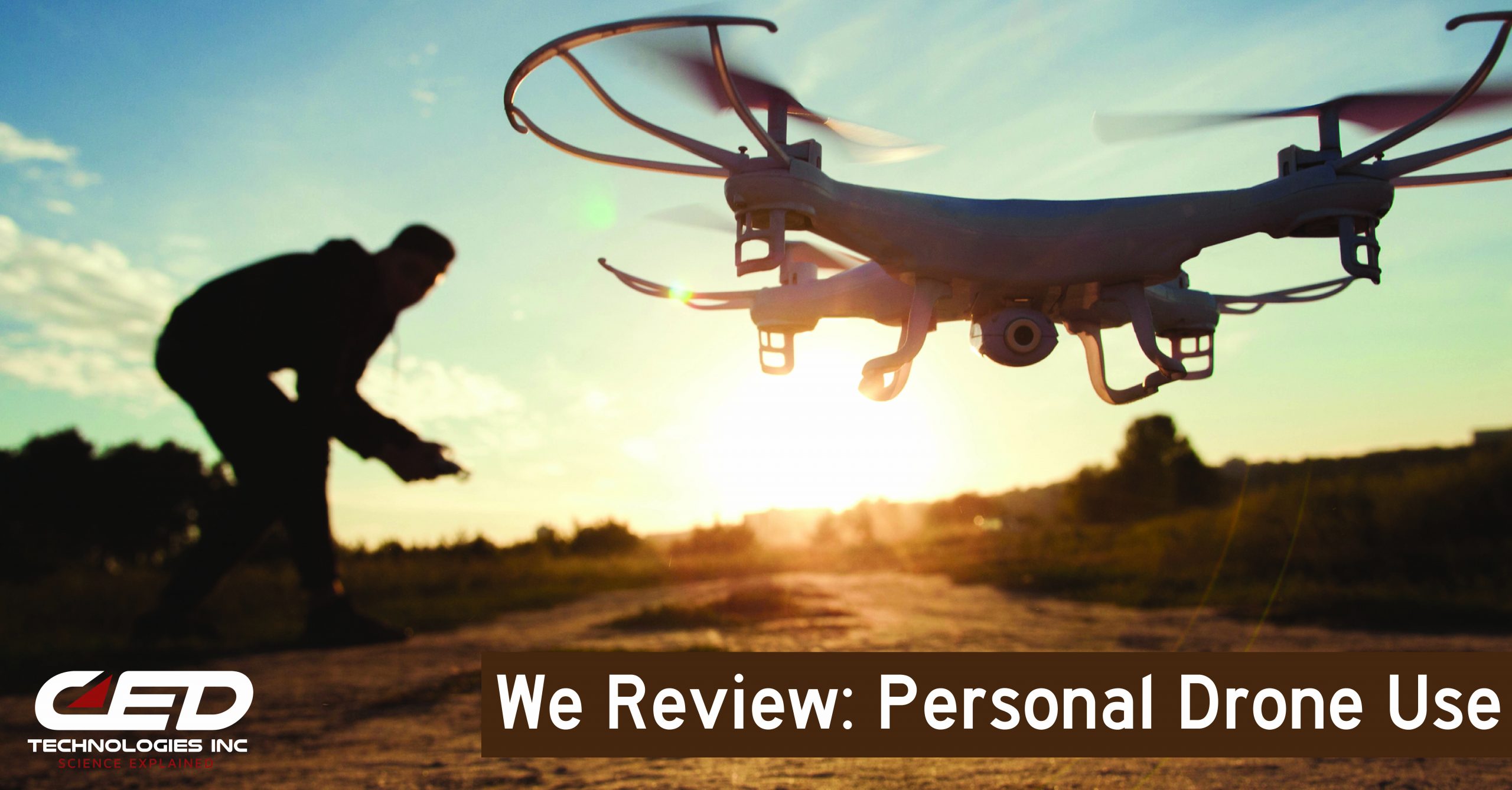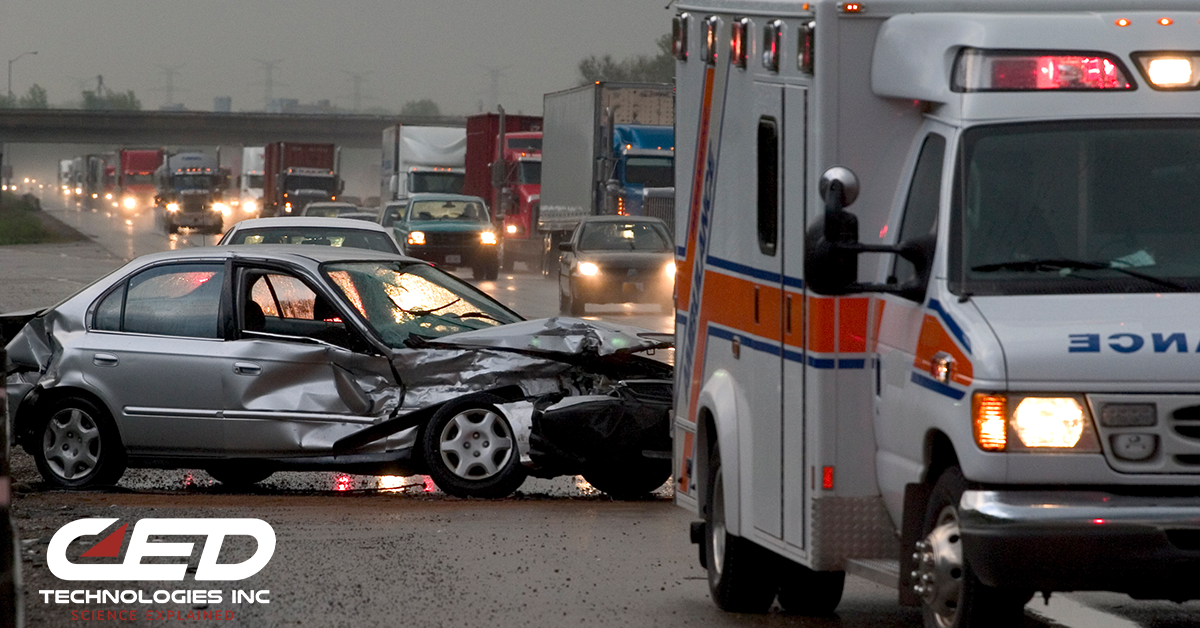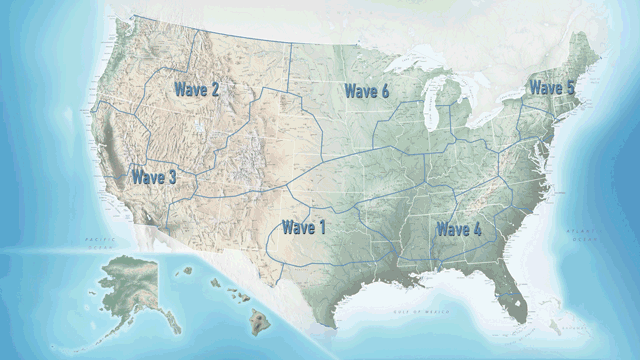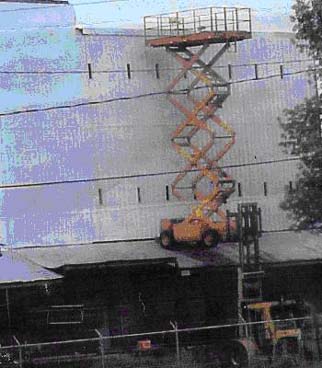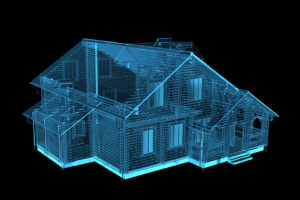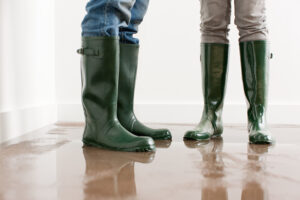CED engineers use drone technology to gather evidence and map scenes, as we shared in this article on roadway accidents. Drones, also known as unmanned aerial vehicles (UAV), have uses not only in accident reconstruction, government, trade, and farming, but also in personal recreation. Consumer drones sales were well over one billion dollars in 2019. According to the Federal Aviation Administration (FAA), there are over 1.2 million drones registered for recreational use.
Avid photographers and videographers use drones to capture their subjects in a new way. The vantage point and perspective reached by having a drone opens up another world of possibility and creativity. Drones can also be used for keeping an eye on your property. To check out the treetops on your property or capture a 360-degree ariel view of your property for insurance purposes, a drone is a useful tool that keeps you on the ground and helps you see all you need.
For drone owners who would like to interact with other enthusiasts, drone racing leagues have cropped up and gained popularity across the country. There are plenty of local chapters, as well as a professional option for the serious enthusiast. The Drone Racing League is a professional, competitive property that allows drone pilots to race and compete in visually thrilling, immersive content around the globe.
Whichever way you opt to enjoy your drone, be mindful. The FAA has rules for model aircraft, and drones fall under that category. As a drone operator, you are responsible for knowing and obeying the rules of airspace. FAA also requires all UAS or drones, large or small, be registered. FAA's Unmanned Aircraft Systems website has all the details, but here are some basics:
- Notify before you fly – if you’d like to fly within 5 miles of an airport, you must notify the airport beforehand. Even recreational pilots must request authorization to enter controlled airspace through LAANC or other similar program. Some drone flight apps warn or even prevent pilot from entering controlled airspace without authorization.
- Download the FAA’s B4UFLY app to check for local or temporary flight restrictions or check a website like Know Before You Fly.
- The maximum allowable altitude is 400 ft AGL (Above Ground Level).
- Don't let your drone out of sight. No remote observers, no binoculars, no exceptions. If you can't see your drone, you cannot fly.
- Don’t fly over people that are not part of you flight crew.
- Don’t fly in the dark.
Some of the top causes for drone accidents include:
- Poor Flight Planning – operators need to consider situational awareness, including factors like weather conditions or if the drone they’re operating is fit for its intended purpose.
- Battery Failures – many operators don’t understand how to properly charge or replace batteries.
- Wildlife Hazards – bird attacks or bird traffic are often a result of poor situational awareness.
- Misunderstanding Regulations – the FAA has strict regulations governing the use of drones, so customers need to be acutely aware of their responsibilities.
While our engineers at CED use drones in a professional capacity, the affordability of the technology makes them available for everyone’s use. You are responsible for knowing your local airspace – if you want to fly, know the rules of the sky. CED’s engineers are experts at investigating accidents when products, like drones, are not used safely. Please enjoy their versatility responsibly.
Click Here To See Our Full List of Experts Click Here To Submit an Inquiry about a possible Claim or Case.
